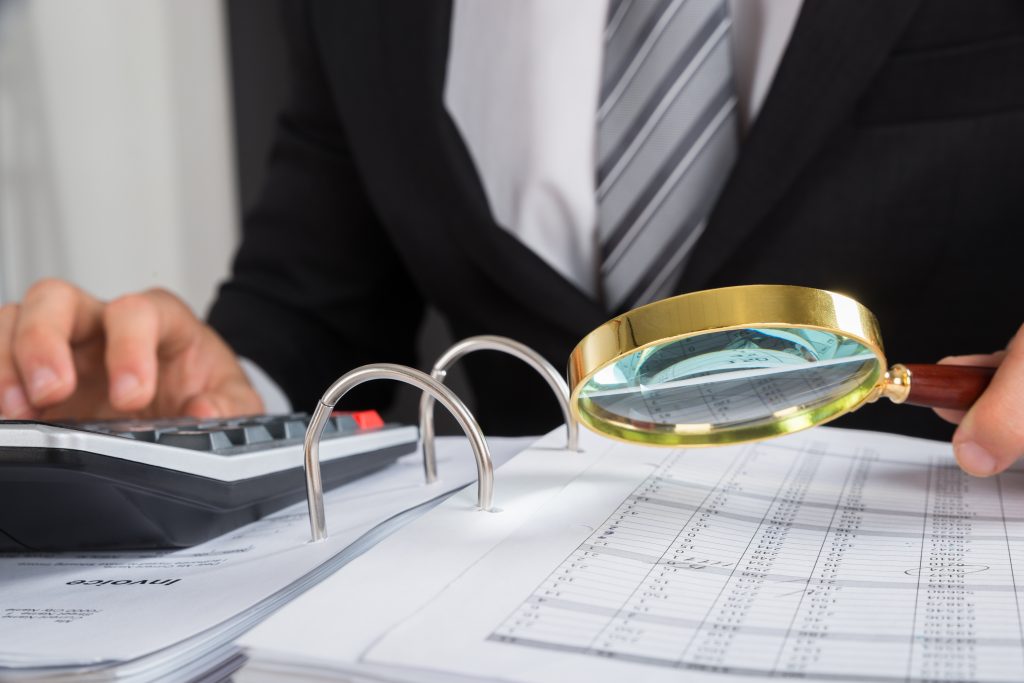 The debt-to-asset ratio is the percentage of overall assets that your company purchased using borrowed funds, including debts, liabilities, and creditors.
The debt-to-asset ratio is the percentage of overall assets that your company purchased using borrowed funds, including debts, liabilities, and creditors.
Some companies view this ratio as a measure of financial leverage, while some consider it an indication of solvency, and others deem it crucial to financial health or distress.
Why is the Debt-to-Asset Ratio Important?
Essentially, this ratio would help you determine the amount of assets that were funded through debt financing. To illustrate, let’s say that the debt-to-asset ratio of your company is 54%, this means that 54% of each dollar of your assets was financed through some kind of debt.
If your company’s debt-to-asset ratio is high, this might mean you have difficulty borrowing money, or if you could, you might get higher interest than if your debt-to-asset ratio was lower.
How to Calculate the Debt-to-Asset Ratio?
To understand the debt-to-asset ratio and its importance to your business operations, you need to know how to calculate it. If you have yet to use an automated tool for your bookkeeping tasks – offered by firms such as ScaleFactor, Inc. – here’s a general breakdown of the process.
- Look at your balance sheet, particularly the liability portion and add your long-term debt and current liabilities.
- Now check the asset portion of your balance sheet and add your next fixed assets and current assets.
- You then divide the sum from step 1, your total debt or liabilities, by the sum from step 2, your total assets, to get the percentage. For instance, if your company’s total debt is worth $1,000 and your company’s assets are worth $2,000, then your company’s debt-asset-ratio is 50%.
This means that debt financing funds 50% of your company, while equity financing or investors fund 50% of your company’s assets. If yours is excessively high, you have to figure out why so that you could try and lower it down to an acceptable level.
As with all other “ratios” that pertain to your company’s operations, you should ideally assess where your debt-to-asset ratio is from time to time. Doing this will help you evaluate if the financial risk profile of your business is deteriorating or improving.
